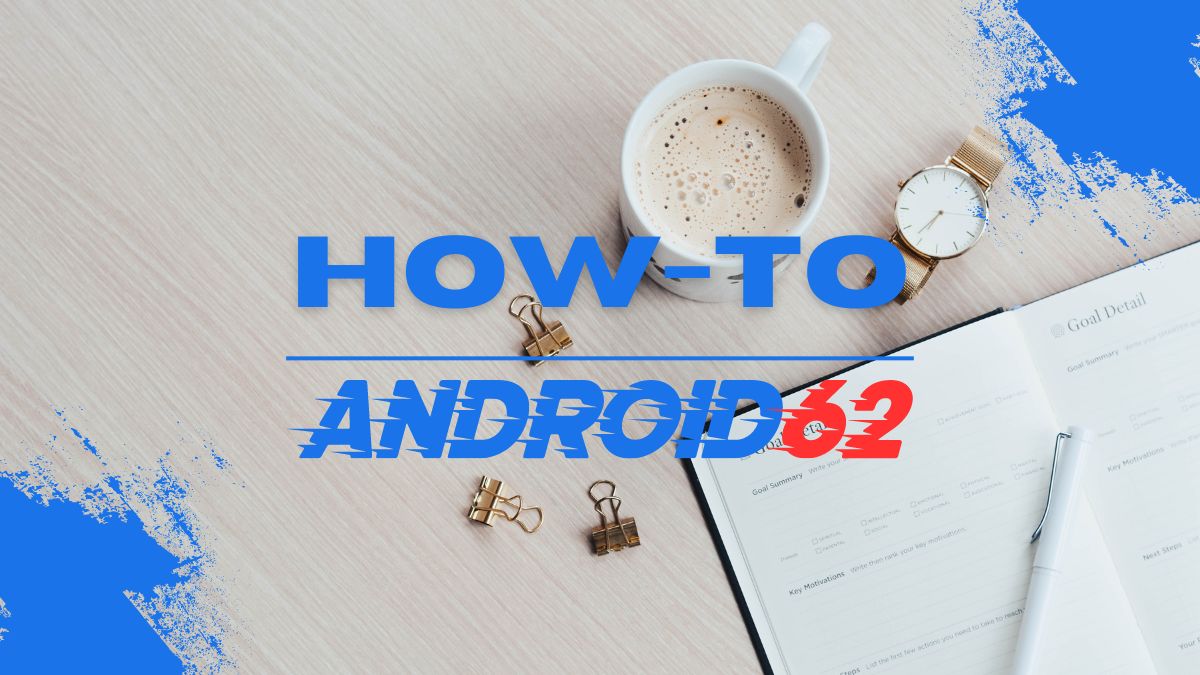
General Electric (GE) washers are known for their durability and reliability. However, like any other electronic appliance, these washers may encounter various problems that require a reset to fix. In this article, we will discuss the steps you need to take to reset your GE washer and troubleshoot common issues.
Why Resetting Your GE Washer Is Important
Resetting your GE washer can help resolve various issues such as error codes, cycle interruptions, and malfunctioning controls. It essentially allows the washer to start fresh, potentially eliminating any temporary glitches or errors that may be affecting its performance.
Steps to Reset GE Washer
Here are the steps you can follow to reset your GE washer:
1. Unplug the Washer
– Ensure the washer is turned off.
– Unplug the power cord from the electrical outlet.
2. Wait for a Few Minutes
– Allow the washer to sit unplugged for at least 1-2 minutes.
– This will help drain any residual power from the washer’s system.
3. Plug the Washer Back In
– Plug the power cord back into the electrical outlet.
– Make sure it is securely connected.
4. Power On the Washer
– Turn on the washer using the power button.
– The washer should now be reset and ready to use.
Common Issues Requiring a Reset
There are several common issues that may require you to reset your GE washer. Here are some of them:
1. Error Codes
– If your washer displays an error code, a reset may help clear the code and allow you to use the washer again.
2. Cycle Interruptions
– Sometimes, the washer may stop mid-cycle due to various factors. A reset can help you resume the cycle without any further issues.
3. Control Malfunctions
– If the washer’s controls are unresponsive or not working correctly, a reset may recalibrate the system and restore functionality.
Additional Troubleshooting Tips
If resetting your GE washer does not resolve the issue, here are some additional troubleshooting tips you can try:
1. Check the Power Supply
– Make sure the washer is receiving adequate power supply.
– Check the electrical outlet and the power cord for any damage.
2. Inspect the Water Supply
– Ensure the water supply to the washer is turned on.
– Check for any kinks or blockages in the water hoses.
3. Clean the Filter
– A clogged filter can impede the washer’s performance.
– Clean the filter regularly to prevent issues.
4. Run a Self-Clean Cycle
– Some GE washers have a self-clean cycle that can help remove any buildup or residue.
– Run this cycle periodically to maintain optimal performance.
When to Seek Professional Help
If you have tried resetting your GE washer and troubleshooting the issues without success, it may be time to seek professional help. Here are some signs that indicate you should contact a technician:
1. Persistent Error Codes
– If the washer continues to display error codes despite multiple resets, there may be an underlying issue that requires professional diagnosis.
2. Unusual Sounds or Leaks
– Strange noises or water leaks from the washer could indicate a mechanical problem that needs expert attention.
3. Electrical Issues
– If you suspect electrical issues with the washer, such as power surges or wiring problems, it is best to consult a professional to avoid safety hazards.
Conclusion
Resetting your GE washer is a simple yet effective way to troubleshoot common issues and restore its functionality. By following the steps outlined in this article, you can reset your washer and potentially resolve any temporary glitches or errors.
However, if the issues persist or if you encounter more serious problems with your GE washer, do not hesitate to seek professional help. A certified technician can diagnose the issue accurately and provide the necessary repairs to ensure your washer runs smoothly.
Remember to regularly maintain your GE washer by cleaning filters, checking water supply, and running self-clean cycles to prevent future issues. By taking proactive steps and addressing problems promptly, you can prolong the lifespan of your GE washer and enjoy hassle-free laundry days.



